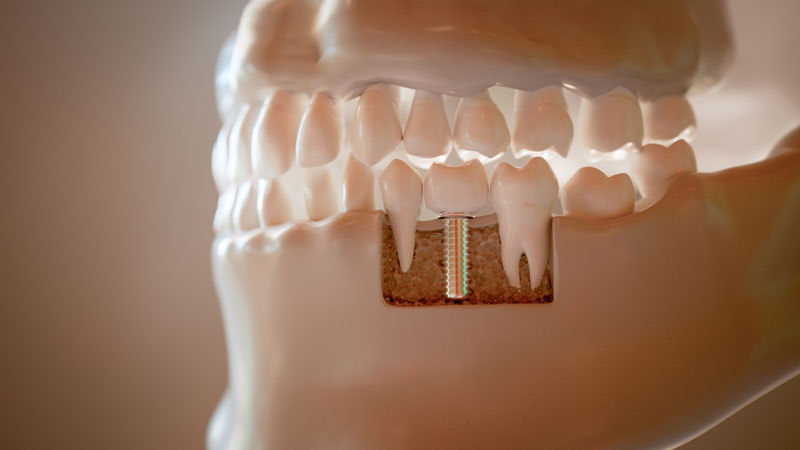This post explains the definition of implants and gives a simple, patient-friendly overview of how dental implants work. If you are considering implants or just want clear definitions of key terms, this guide will walk you through the parts of an implant, the treatment steps, who makes a good candidate, common concerns, and practical next steps.
What is the definition of implants?
Basic definition
The plain definition of implants is: artificial tooth roots placed in the jaw to hold replacement teeth. Implants act like a natural tooth root, anchoring a crown, bridge, or denture so the replacement looks, feels, and functions like a real tooth.
Main parts of an implant
An implant usually has three main parts:
- Implant post: a small screw (often titanium) placed into the jawbone to act as the root.
- Abutment: a connector that attaches to the implant post and supports the visible tooth piece.
- Crown (or denture): the replacement tooth or teeth that sit on top and match your bite and smile.
How implants work: the treatment steps
Consultation and planning
First, your dentist evaluates your mouth and medical history. Digital scans and 3D imaging help map the jaw and plan exactly where the implant should go. This planning makes surgery faster and more accurate and helps predict the final result.
Surgery and restoration
During surgery, the implant post is placed into the jaw. Many patients choose sedation options—either conscious sedation (you stay awake but relaxed) or IV sedation (you sleep through the procedure). After placement, the bone grows around the implant in a process called osseointegration. That healing usually takes a few months. Once the implant is firmly joined to the bone, the abutment and final crown or denture are attached.
Recovery and success
Recovery from implant surgery is usually manageable. Expect some swelling and discomfort for a few days, controlled with prescribed or over-the-counter meds. Most people return to normal activity within a week. Full osseointegration commonly takes about 3–6 months. Dental implants have high success rates—often above 90–95%—when placed and cared for properly.
Who is a good candidate and common concerns
Candidacy factors
Good candidates generally have:
- Enough jawbone to hold the implant (or ability to have bone grafting if needed)
- Healthy gums with no active gum disease
- Overall good health and controlled chronic conditions (like diabetes)
- Willingness to avoid habits that harm implants, such as heavy smoking
Age alone is not a barrier. Your dentist will review medical history, medications, and lifestyle to decide if implants are right for you.
Common questions
Do implants hurt? Most patients report only moderate discomfort after surgery, which is short-term. How long do implants last? With good care, implants can last decades—many patients keep them for life. What maintenance is needed? Regular brushing, flossing, and dental checkups are key. What about cost? Costs vary by case; your provider can give an estimate and discuss financing or insurance options.
About the provider and next steps
Dr. Eric M. George, DMD, DABOI, DICOI, MAGD, FAAID, FMIII, FAADS, FICD is a board-certified implant surgeon and general dentist with advanced training and global recognition. He uses evidence-based methods and modern technology to provide safe, predictable implant care. Technologies and services include:
- CT scanners and comprehensive 3D imaging for accurate diagnosis and planning
- Digital scanners for putty-free impressions and faster workflows
- Advanced digital case planning to reduce visits and improve predictability
- Soft-tissue lasers for less bleeding and faster healing
- Sedation options (conscious and IV) and a 24-hour call system for patient support
If you want a clear, personalized explanation of the definition of implants for your situation, schedule a consult to review your exam, scans, and treatment options. A short meeting can answer your questions and outline practical next steps toward a lasting, natural-feeling smile.


